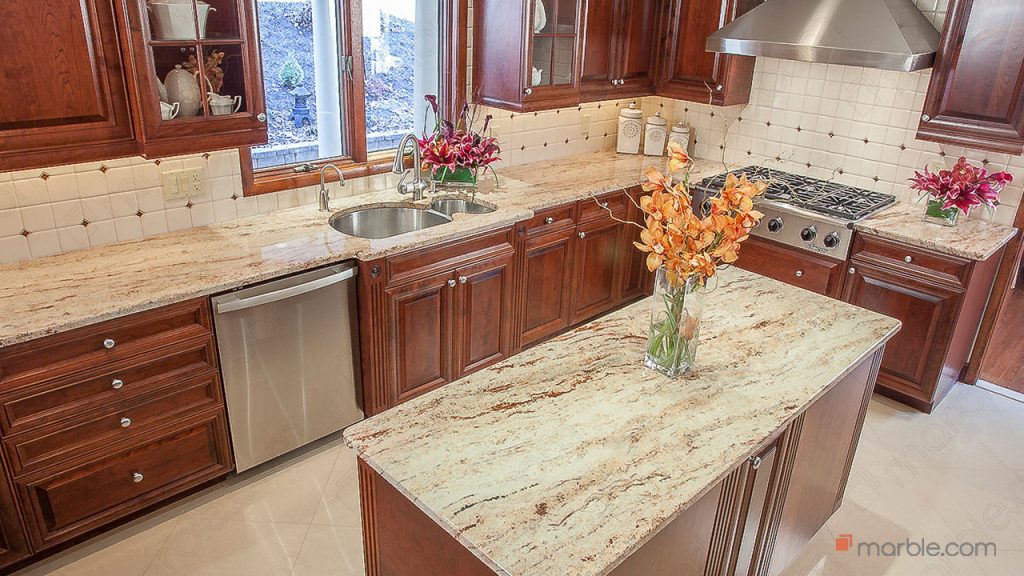Installing Granite Kitchen Countertops – What You Need To Know
Installing granite kitchen countertops is a great way to enhance both the aesthetic appeal and functionality of your kitchen. Granite is known for its durability, elegance, and natural beauty, making it a popular choice for homeowners seeking long-lasting countertops. However, the installation process requires careful planning and attention to detail to ensure the best results. The first step in installing granite countertops is selecting the right slab. Granite comes in a wide variety of colors, patterns, and finishes, so it is important to choose one that complements the style and décor of your kitchen. Once you have selected the slab, it will need to be measured accurately. Precision is key when measuring your countertop space, as any discrepancies can result in uneven edges or gaps. Many professionals use a template made of cardboard or plywood to get the exact shape and dimensions needed for the granite.

After the measurements are confirmed, the granite slab is cut to fit your kitchen layout. This process is typically done at a fabricating shop, where the slab is cut using specialized tools to match the dimensions of your countertop. The edges can be finished in different styles, such as straight, beveled, or bullnose, depending on your preferences. Once the countertop pieces are ready, they will be transported to your home for installation and check these guys out here. The next step is preparing the surface where the granite will be placed. This involves ensuring the cabinetry is level and structurally sound to support the weight of the granite. Granite countertops are heavy, and an uneven surface can lead to instability or damage over time. If necessary, the cabinets may need to be adjusted or reinforced to provide a solid foundation for the stone. Once the surface is prepared, the granite slabs are carefully placed on top of the cabinetry. During this step, the installer will check for any gaps or misalignment. If everything is aligned properly, the pieces will be secured in place using a strong adhesive. Afterward, the seams between the granite pieces are filled and polished to create a smooth, continuous surface.
Any exposed edges are also treated and polished to enhance the visual appeal and durability of the countertop. Granite countertops require sealing to protect the surface from stains, spills, and other potential damage. Sealing helps to prevent liquids from penetrating the stone, which can cause discoloration or permanent staining. It is essential to apply the sealant properly and allow it to dry before using the countertop. Typically, granite countertops need to be resealed every 1-2 years, depending on usage and the type of granite. Finally, it is important to maintain your granite countertops with proper care. Cleaning should be done using mild soap and water, as harsh chemicals can damage the stone. Avoid placing hot pots and pans directly on the surface, as extreme heat can cause cracking. With the right care, your granite countertops will continue to provide both beauty and functionality for many years. In summary, while installing granite kitchen countertops can be a complex process, the results are worth the investment.
